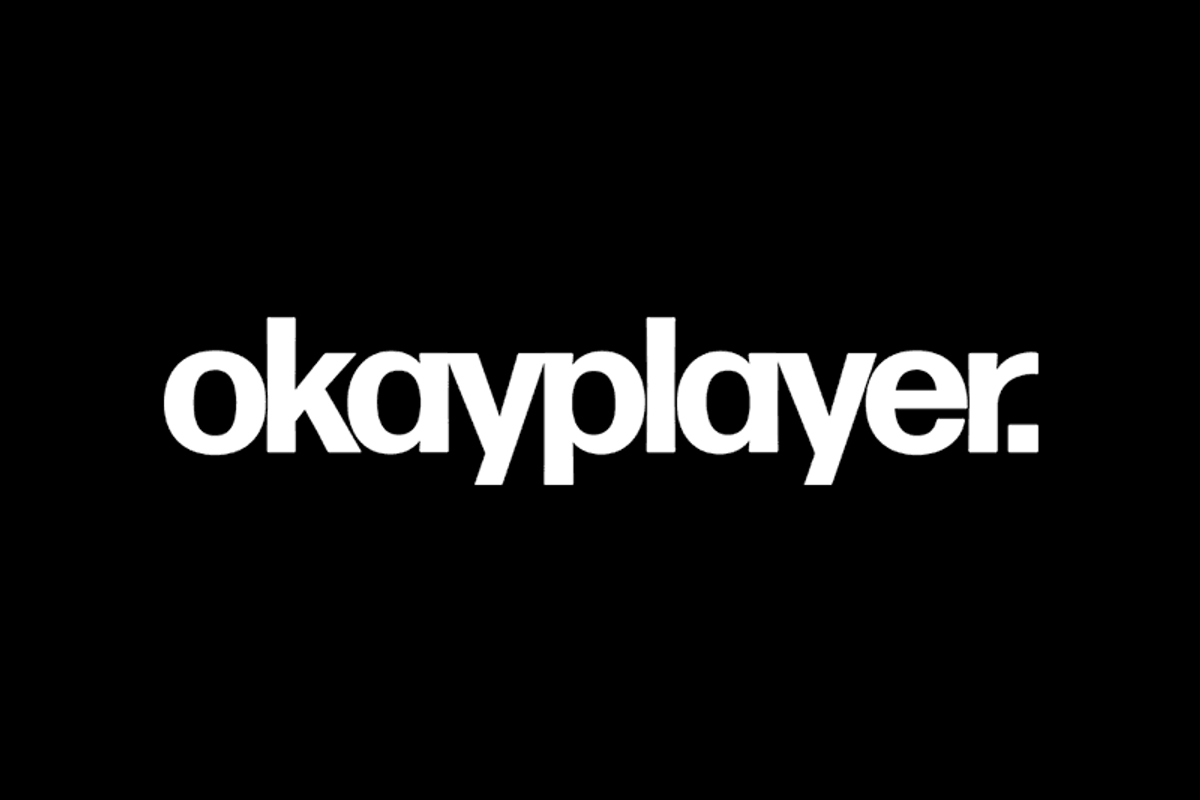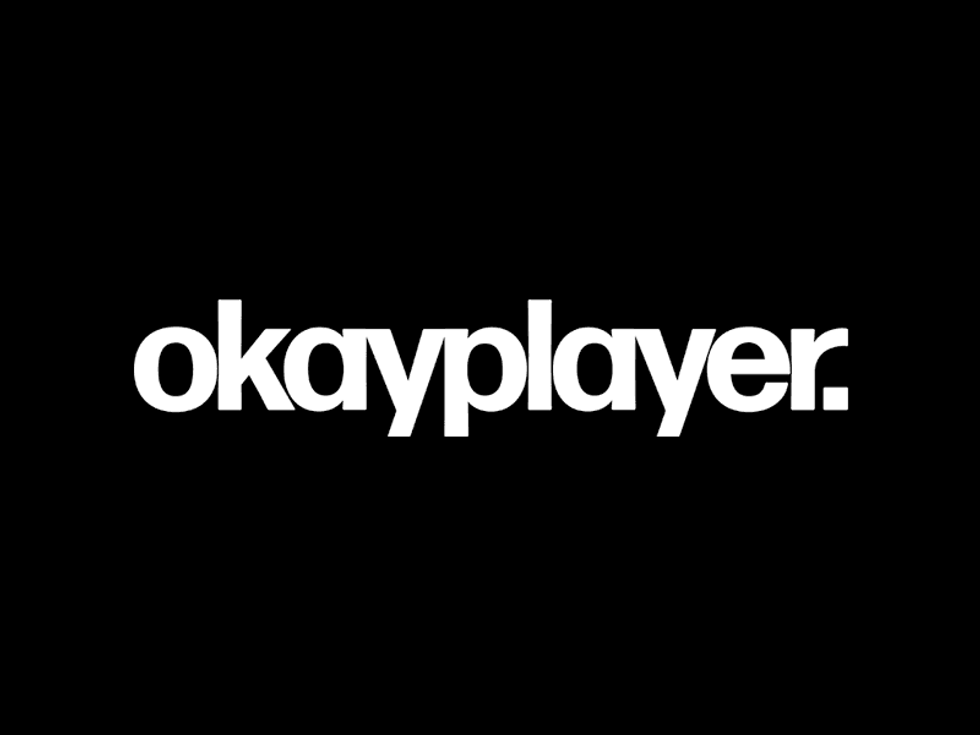
Showtime Releasing 'Burn Muthaf*cker, Burn" A New Documentary About The L.A. Riots
Photo courtesy of the L.A. Times.
To continue reading
Create a free account or sign in to unlock more free articles.
By continuing, you agree to the Terms of Service and acknowledge our Privacy Policy
Register
The content is free, but you must be subscribed to Okayplayer to continue reading.
THANK YOU FOR SUBSCRIBING
Join our newsletter family to stay tapped into the latest in Hip Hop culture!
Login
To continue reading login to your account.
Forgot your password?
Please enter the email address you use for your account so we can send you a link to reset your password:


This month is the 25-year anniversary of the L.A. riots, the brutal uprising that occurred after the four police officers who beat Rodney King were acquitted of excessive force. The riots lasted five days and caused over a $1 billion worth of damages.
Throughout this month, there will be five documentaries centered on the riots; most are quite good. However, none are as visceral and gripping as National Geographic's L.A. '92, which premieres Sunday, April 30th at 9 p.m. EST.
What makes this documentary so impactful is that there is no commentary. The documentary was shot using only archival footage and newly recovered home footage. There is no one narrating the movie.
L.A. '92 was directed by filmmakers T.J. Martin and Daniel Lindsay. Okayplayer recently sat down with the two to talk about their approach; how they got some of this lost footage; the difference between the Watts Riots of 1965 and the L.A. Riots; and the visuals behind the coverage.
Check out the interview below.
Okayplayer: What made the both of you think you can even do this?
Daniel Lindsay: I don’t think we knew that we could. At a certain point, TJ cut together the beginning idea of the sequence from the day of the verdict. And when we watched that we were like ‘OK, this works. You can follow what’s going on. You’re not lost, necessarily.' It was making you, the audience member, be engaged in the experience. So instead of being told things, you are experiencing and making these discoveries and connections yourself.
T. J. Martin: I don’t know if we fully knew what we got ourselves into as far as the attempt of the approach. The producers kind of courted us, asking us if we were interested in making a film knowing that the 25th anniversary was coming up. And they had sent us kind of a sizzle reel. And in that reel there’s just a lot of very raw moments that I think — we were around 12 at the time — we forgot existed. That was kind of the first sign that we wanted to take a unique approach. You know, maybe there’s a possibility that there will be more like this, or we could access raw footage, not just material that was broadcast. But if we could combine that with photography, with radio, with anything that is now seen as citizen journalism, maybe we can kind of stitch together a narrative. And the approach
We start thinking about it as a symphony. We open ourselves up by trying to operate in movements. So within those movements, you’re hitting one story beat but then you can branch out: I’m going to get a perspective from this gentleman in front of Simi Valley; I’m going to get the perspective of the LAPD. And then you’re just constantly interweaving those perspectives through the course of the film and that’s all of a sudden creating the narrative.
OKP: How hard was it getting some of this home video footage?
DL: I keep describing it as detective work. Like, you see a news interview with somebody from the time, and there on the street and they have their video camera. And the news media is interviewing them, and they put his name up. And then you’re like ‘Google that guy’s name!’ And like a Facebook page comes up and it says, 'Los Angeles.' And you send off an email ‘I don’t know if you’re this person or not...blah blah.’ And every once in awhile one of those people responds and says, ‘Oh yeah, I have those tapes.’ And you have to go through those tapes and then you realize like a 100th of this is maybe even usable.
So we had a team of four, five people that really dedicated just as much as their life as we did to putting this together, to just finding that stuff. And we’re getting stuff all the way up to the last second.
TJM: A lot of it is just persistence. It doesn’t necessarily mean that when you reach out to somebody that they are cooperating with your timeline. So, yeah, material is still coming all the way until the very end, and you’re kind of going back and revising scenes.

OKP: When I think about the LA Riots I think of the overhead shot of violence. How unprecedented was some of that coverage of violence?
DL: I think it’s some of the most iconic coverage. This was around the time that the 24 hours news really started. The gulf war was the beginning of CNN being like, 'We’re going to just throw reporters there, and we’re just going to constantly play this stuff.’
TJM: Kind of a different answer but it made me think of George Holiday, the gentleman who filmed the King beating. Here was a guy who just heard something outside and was like, 'I’m going to film it.' And as a result changed a nation, changed the perspective of America around the world. And in retrospect, we say ‘Oh, that was kind of the birth of citizen journalism.' We coined it. I don’t think consciously people knew what they were experiencing at the times. You knew you had the medium and the ability to tune in, but I don’t think you’re cognizant of the fact that this is the first time the world is engaging on imagery that is representing dysfunction in our society.
OKP: What were some things you thought you knew about the riots...but then you started researching and it turns out you were mistaken?
TJM: In a broader sense, I always come back to the experience of the Korean American community. I think it’s just interesting to see the events through the lens of that community, being a recent immigrant community, and going through their journey of where they sit in the social-economic stratification of the United States. And going from not understanding why there were tense relationships between them and the African-American community. Knowing that they were able to financially own liquor stores and markets within predominately black neighborhoods, and the frustrations of the other side being like, 'You don’t hire locally, you don’t reinvest in the community.” But not really getting it.
Sixty percent of the businesses were burned to the ground. And they came out on the backend feeling abandoned: authorities weren’t there for them, police weren’t there for them. Now they kind of understood what the African American community was talking about.
I had no idea. To the point where there were 100,000 people at the rally on day four. I didn’t know, collectively, that that kind of dialogue was happening in the Korean community.
DL: It’s funny, I think we thought we would be showing things to people for the first time. And then a month into editing, Ezra Edelman’s O.J. doc came out and he explored all that stuff. Like, Latasha Harlins, I didn't know anything about that, not being from L.A., and being 14 at the time, and it wasn’t a national story. And then talking to people who lived through it. We were talking to a guy and he was like, ‘I was at Florence and Normandie. I was out looting. I was in it. And I could tell you it was as much if not more about Latasha Harlins as it was about the King beating.'
OKP: Does the news cover these kinds of things the same?
DL: From my experience going through all this stuff, I feel like I saw a lot of similarity between the beginning of what is cable news and how things are covered now. A lot of sensational comments. A lot of playing to the audience. The thing that made the biggest impression on me was the difference between 1965 and 1992, and the news programming in 1965 assuming in its approach that the audience is smart enough to follow complicated and nuanced conversations. They had news documentaries that were an hour long where they bring in like minds and thinkers and they would discuss these complex topics. And it could never be on television today.
TJM: I agree. Even though it was more in depth, also knowing that journalist were still removed from the realities of what these people were going through. There was a different type of journalist ethos when it came to interest and approach.
The film kind of explores this notion. How are we talking about these things? How is it presented? There’s still a sense of othering. You can literally take bites from '65 and place them in '92 and place them in 2017 and vice versa. You can shift those around and it is a shock of how similar, if not verbatim, the analysis is on the same thing.
You see at the end of the film where you can literally replace those bites and it will be the same. And I think at one point we talked about integrating contemporary footage. And we quickly realized that the audience is already making this connection. We haven’t been holding their hand at this point, so we don’t want to hold their hand at the end of the film.
National Geographic's L.A. '92 premieres Sunday, April 30th at 9 p.m. EST. Don't miss it!